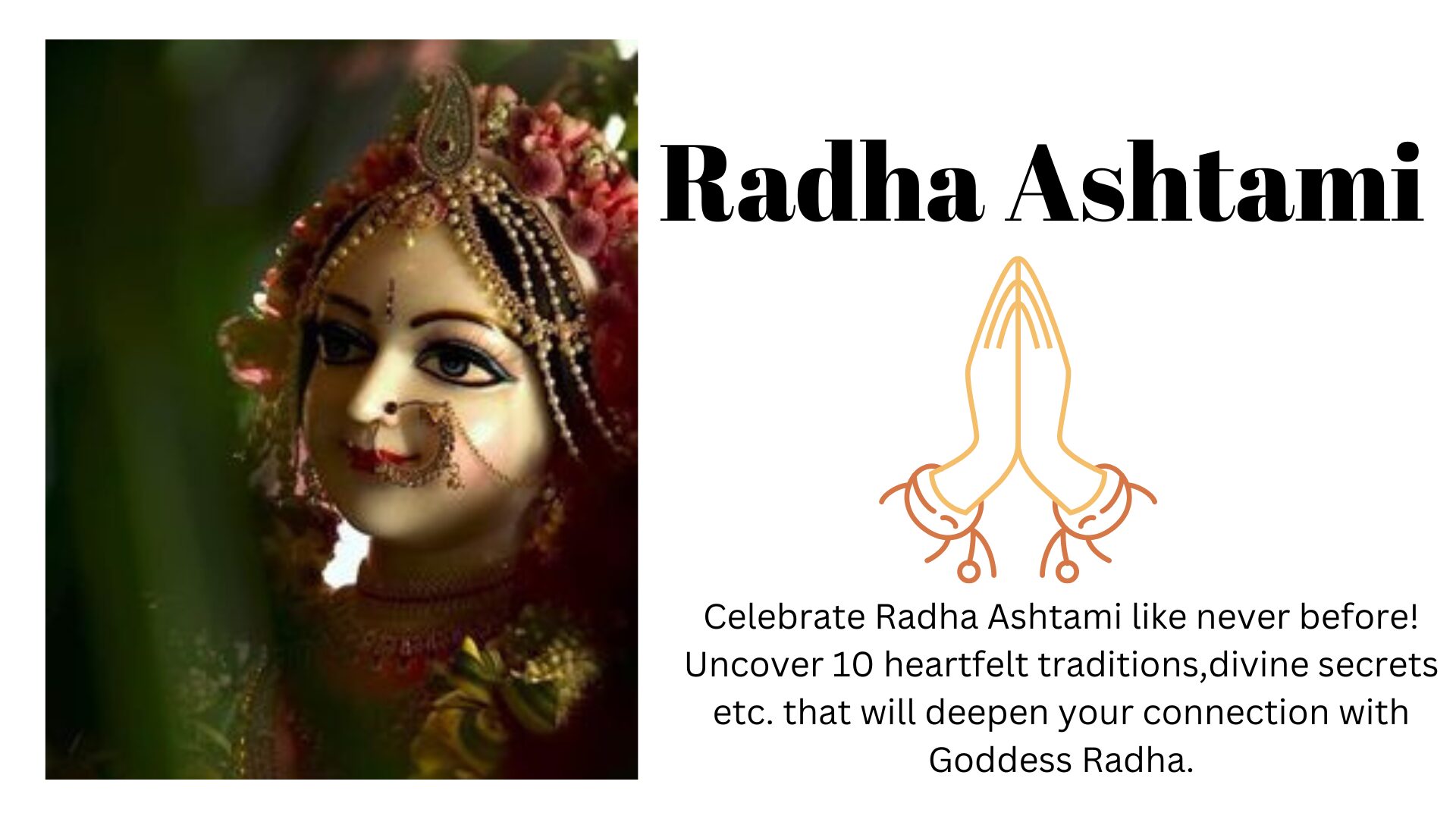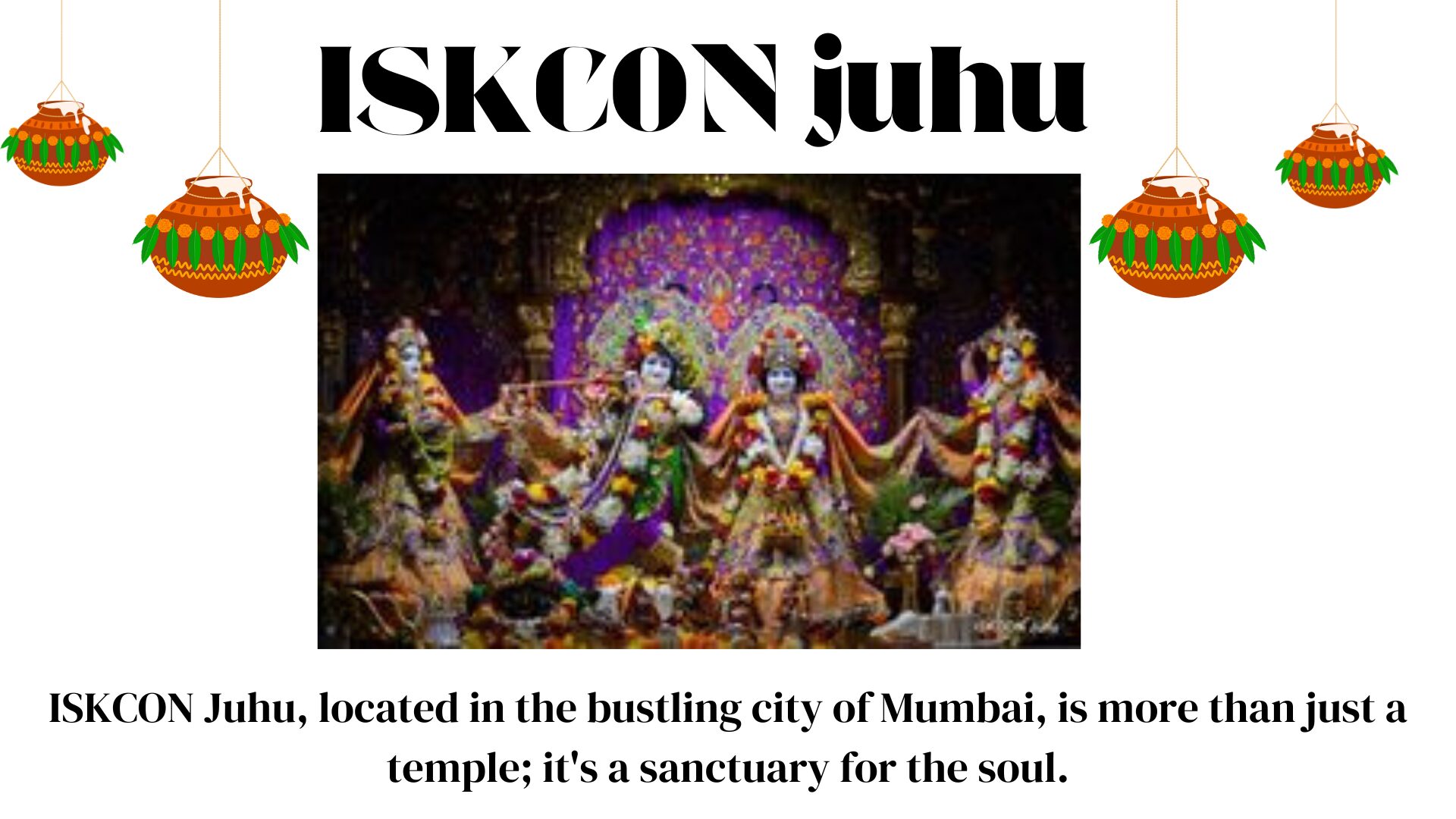Table of Contents
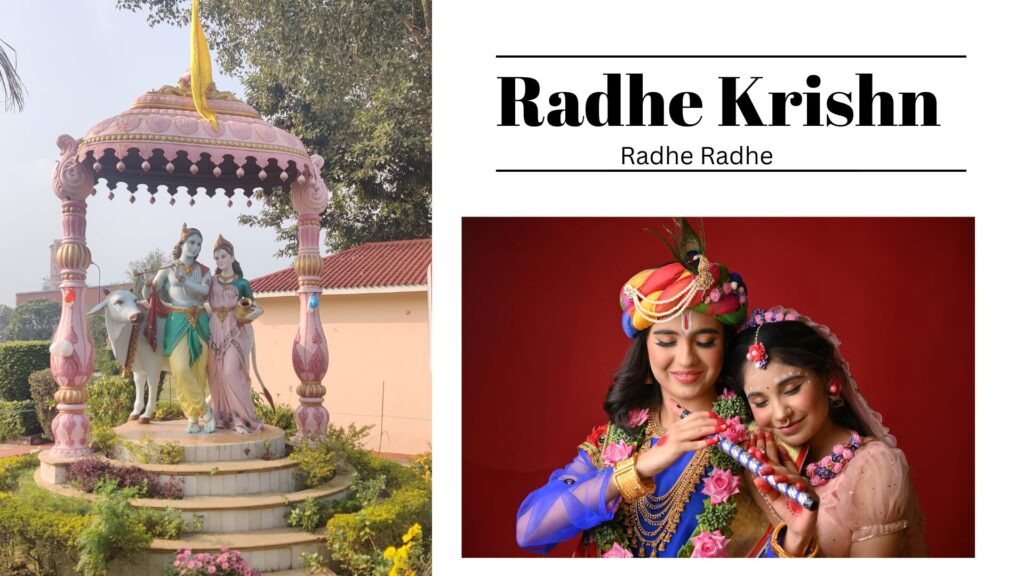
I. Introduction
Brief overview of Radha Ashtami and its significance
Radha Ashtami is a revered Hindu festival that celebrates the birth of Goddess Radha, the beloved consort of Lord Krishna. It falls on the eighth day of the bright half of the lunar month of Bhadrapada, which typically occurs in August or September. Radha Ashtami holds immense significance in Hindu culture, as Radha is considered the embodiment of devotion, love, and purity. Her relationship with Krishna symbolizes the eternal bond between the soul and the divine.
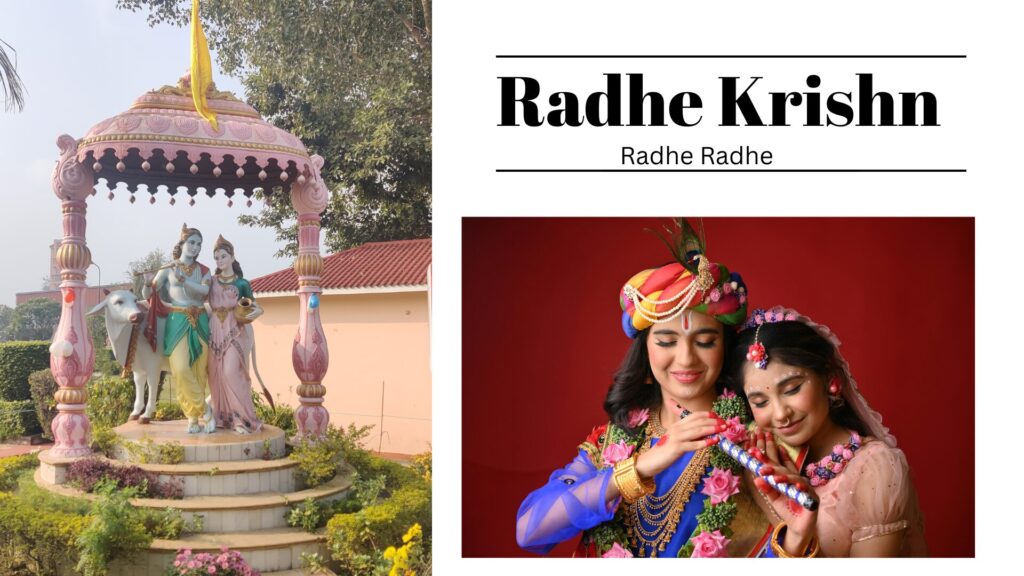
Importance of celebration
Celebrating Radha Ashtami is a way to honor the divine love that Radha represents. Devotees believe that by worshiping Radha, they can attain spiritual fulfillment and eternal bliss. The festival is marked by various rituals, including fasting, chanting, and offering prayers, all of which are meant to strengthen the devotees’ connection with the divine. For many, Radha Ashtami is not just a religious observance but also a time to reflect on the virtues of love, devotion, and selflessness.
II. History and Origin
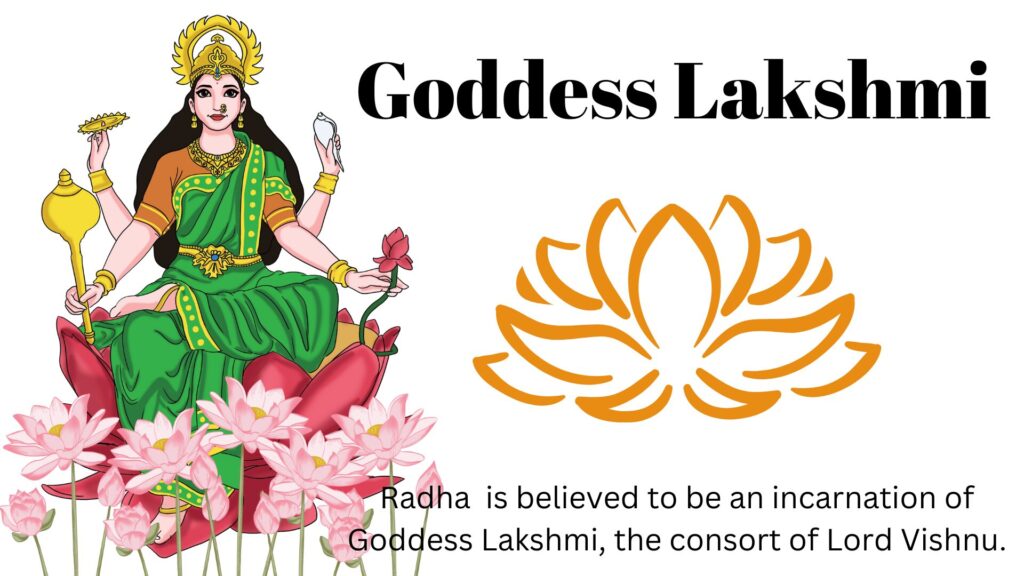
Story of Radha’s birth and significance in Hindu mythology
According to Hindu mythology, Radha was born in the village of Barsana, near Mathura, and was the daughter of Vrishabhanu and Kirti. Her birth is celebrated with great joy, as she is believed to be an incarnation of Goddess Lakshmi, the consort of Lord Vishnu. Radha’s significance in Hindu mythology is profound, as she is considered the supreme goddess and the feminine aspect of the divine. Her love for Krishna is celebrated as the highest form of devotion, transcending all worldly boundaries.
How its originated and evolved over time
Radha Ashtami has its roots in the ancient scriptures, where Radha’s devotion to Krishna is glorified. The festival has evolved over time, with different regions in India adopting various customs and traditions. Initially, the celebrations were confined to the temples, but over the centuries, Radha Ashtami has become a major festival, especially in regions like Vrindavan and Barsana. Today, it is celebrated with great enthusiasm, with devotees coming together to honor Radha’s divine love and devotion.
III. How to Celebrate
Traditional ways to celebrate Radha Ashtami
Radha Ashtami is traditionally celebrated with various religious rituals, including puja (worship), fasting, and chanting of Radha-Krishna bhajans (devotional songs). Devotees visit temples, particularly those dedicated to Radha and Krishna, to offer flowers, sweets, and other offerings. Fasting is observed as a way to purify the mind and body, and it is believed to bring spiritual benefits. Chanting the names of Radha and Krishna is an integral part of the celebration, as it is said to invoke divine blessings.
Modern ideas to celebrate this festive
In modern times, Radha Ashtami celebrations have expanded beyond traditional rituals. Many communities organize cultural programs, including music and dance performances that depict the love story of Radha and Krishna. Some people also host Radha Ashtami events at home, inviting friends and family for devotional gatherings. Social media has become a platform for sharing Radha Ashtami greetings, stories, and even live-streaming temple events, making the celebration accessible to a broader audience.
IV. Gifts and Food
Traditional gifts offered to Radha
During Radha Ashtami, devotees offer various traditional gifts to Radha, symbolizing their love and devotion. Flowers, particularly lotus flowers, are commonly offered, as they are associated with purity and divinity. Sweets like laddus and kheer are also offered as prasad (holy offering) and later distributed among the devotees. These offerings are a way to express gratitude and seek the blessings of Radha for a prosperous and fulfilling life.
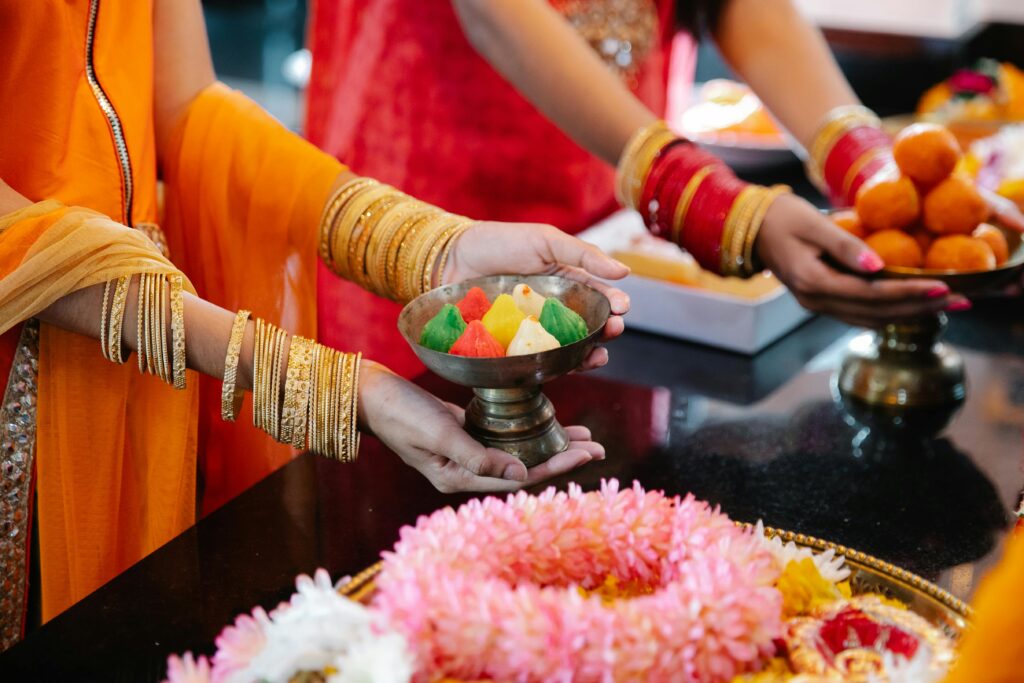
Special food
Food plays a significant role in Radha Ashtami celebrations, with special dishes prepared to mark the occasion. Kheer, a sweet rice pudding, is a popular dish made during the festival, often flavored with cardamom and garnished with nuts. Laddus, made from various ingredients like flour, sugar, and ghee, are another common offering. These foods are not only offered to Radha but also shared with family and friends as a symbol of love and togetherness.
V. Dress Code and Etiquette
Traditional attire
Wearing traditional attire is an important aspect of Radha Ashtami celebrations. Women often wear sarees, preferably in bright colors like yellow, which is associated with Radha, while men may wear dhotis or kurta-pajamas. The attire is chosen with the intention of honoring the divine and maintaining the sanctity of the occasion. Some devotees also adorn themselves with flower garlands and other accessories to enhance the festive spirit.
Etiquette guidelines for worshiping and offering prayers
Observing proper etiquette during Radha Ashtami is essential for a meaningful celebration. Devotees are encouraged to maintain a respectful and humble demeanor while offering prayers and performing rituals. It is customary to wash hands and feet before entering the temple or prayer area. Offering prayers with sincerity and devotion is key, and it is also important to maintain cleanliness and purity in both thoughts and actions during the festival.
VI. Wishing Quotes and Messages
Heartwarming quotes and messages for Radha Ashtami
Sending wishes and quotes to loved ones during Radha Ashtami is a beautiful way to spread joy and positivity. Quotes that reflect Radha’s devotion to Krishna, such as “May the divine love of Radha and Krishna inspire you to lead a life full of love and devotion,” are popular choices. These messages serve as reminders of the spiritual significance of the festival and help strengthen bonds between friends and family.
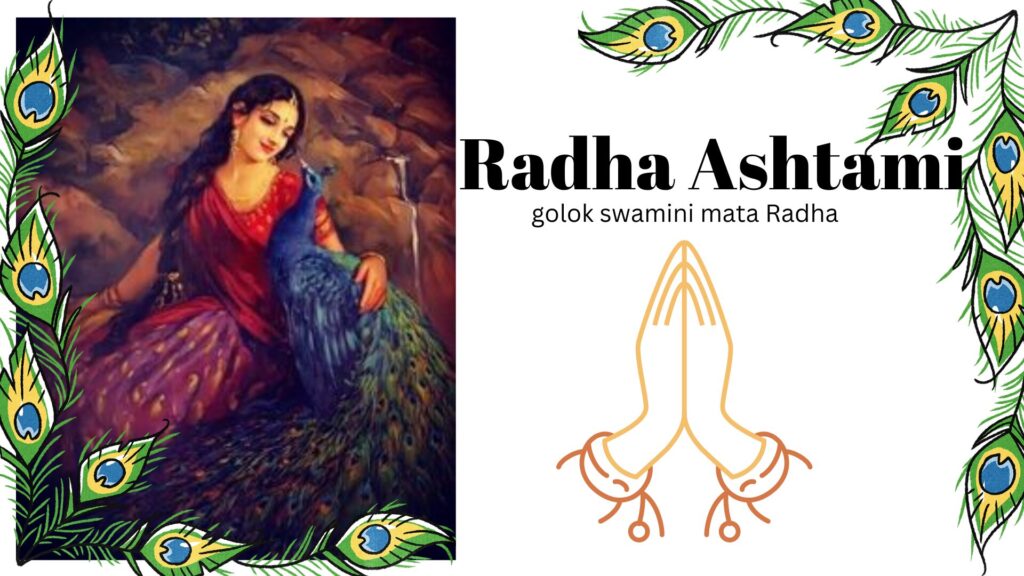
VII. Songs and Music
Wishes and greetings for loved ones
Radha Ashtami is a time to connect with loved ones and share blessings. Sending personalized messages like “May Radha Rani bless you with love, happiness, and prosperity on this auspicious day” can convey heartfelt emotions. These greetings are not just about well-wishes but also about sharing the essence of Radha’s love and devotion, making the festival a more meaningful experience for everyone involved.
Traditional songs and bhajans sung during Radha Ashtami
Music is an integral part of Radha Ashtami celebrations, with traditional songs and bhajans dedicated to Radha and Krishna being sung throughout the day. These devotional songs, often performed in temples and homes, capture the essence of Radha’s love and devotion. Singing or listening to these bhajans is believed to bring peace and spiritual upliftment, making it a cherished part of the festival.
Modern songs and playlists inspired by Radha Ashtami
In addition to traditional bhajans, many modern songs and playlists are inspired by Radha Ashtami. These contemporary renditions often blend classical and modern musical elements, making them appealing to a younger audience. Some popular Bollywood songs also pay tribute to Radha and her love for Krishna, adding a modern touch to the celebrations. These songs help keep the spirit of Radha Ashtami alive in today’s fast-paced world.
VIII. Movies and Documentaries
Movies and documentaries about Radha and her significance
Several movies and documentaries have been made about Radha and her significance in Hindu mythology. These films often depict the divine love story of Radha and Krishna, exploring themes of devotion, love, and spirituality. Watching these movies during Radha Ashtami can deepen one’s understanding of Radha’s role in Hindu tradition and provide a visual representation of the stories that have been passed down through generations.
Recommended films to watch during Radha Ashtami
For those looking to immerse themselves in the spirit of Radha Ashtami, there are several recommended films and documentaries to watch. Titles like “Radha Krishna” and “Meera” offer insightful portrayals of Radha’s devotion and her relationship with Krishna. These films not only entertain but also educate viewers about the cultural and spiritual significance of Radha Ashtami, making them a perfect addition to the celebrations.
IX. Books and Literature
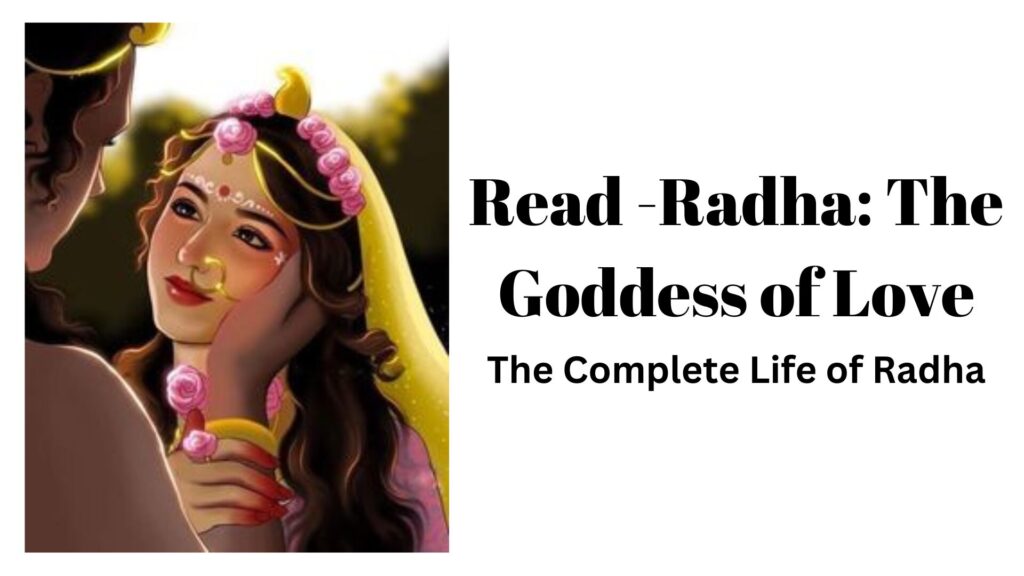
Books about Radha and her mythology
For those interested in exploring the mythology and stories surrounding Radha, there are numerous books that delve into her life and significance. These texts often explore Radha’s role in the larger narrative of Krishna’s life, highlighting her importance as a symbol of love and devotion. Books like “Radha: The Goddess of Love” and “The Complete Life of Radha” provide in-depth insights into her character and the spiritual lessons she embodies.
Recommended readings
Reading about Radha during Radha Ashtami can enhance one’s spiritual experience of the festival. Recommended titles include devotional poetry, scriptures, and contemporary retellings of Radha’s story. These works not only offer a deeper understanding of Radha’s role in Hindu mythology but also inspire readers to reflect on the values of love, devotion, and purity that she represents.
X. Date and Timing
Date and timing
Radha Ashtami is celebrated on the eighth day of the bright half of the lunar month of Bhadrapada, which typically falls in August or September. The exact date varies each year based on the lunar calendar. The timing of the celebrations is crucial, as many devotees begin their observance at the precise moment of Radha’s birth, which is often early in the morning. Knowing the correct date and time allows devotees to plan their rituals and celebrations accordingly.
Schedule of celebrations and events
The schedule of celebrations often includes a series of events, such as morning pujas, afternoon feasts, and evening bhajan sessions. Temples and community centers may organize special programs, including cultural performances, lectures, and group prayers. Knowing the schedule of these events helps devotees participate fully in the celebrations, ensuring that they do not miss any important rituals or activities.
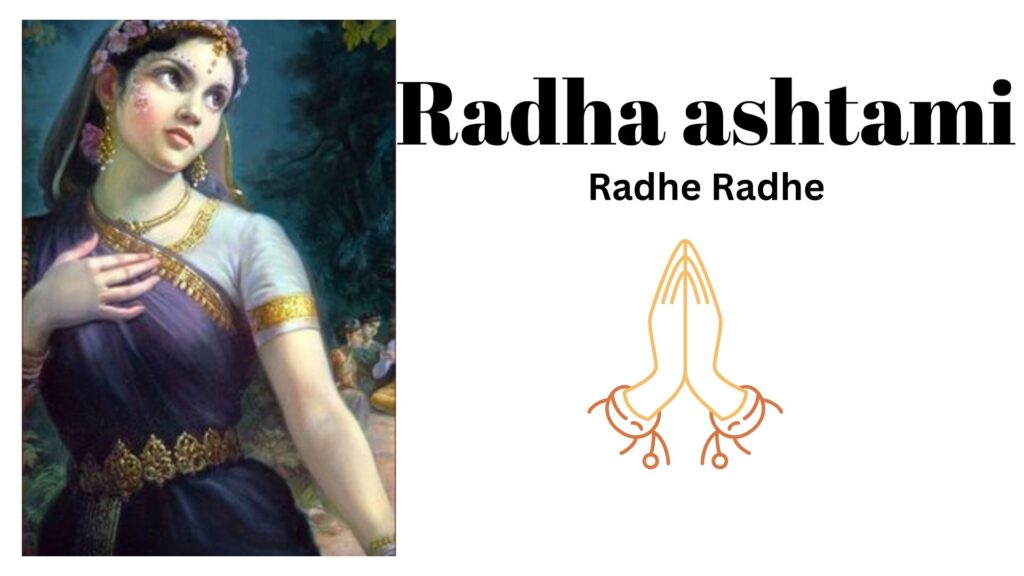
XI. Conclusion
Recap of its significance and celebrations
Radha Ashtami is a festival that celebrates the birth of Goddess Radha, the epitome of love and devotion in Hindu mythology. The festival is marked by various rituals, including fasting, puja, and singing of bhajans, all aimed at honoring Radha’s divine love for Krishna. Whether through traditional or modern means, the celebrations of Radha Ashtami bring together communities to rejoice in the spiritual values that Radha represents.
Final thoughts on the importance of honoring Radha
Honoring Radha on her Ashtami is more than a religious duty; it is a way to connect with the divine and embrace the virtues of love, devotion, and purity. As devotees come together to celebrate Radha Ashtami, they are reminded of the timeless lessons that Radha’s life and love offer. In a world often filled with challenges, Radha Ashtami provides an opportunity to reflect on the power of love and devotion in overcoming obstacles and finding inner peace.
Want to know more about God and Goddesses? Click the link here to view a wonderful site full with divine knowledge of various festives associated with Divinity – “https://eventregister.xyz/“
how to keep radha ashtami vrat?
Observing the Radha Ashtami Vrat (fast) is a sacred practice that honors Goddess Radha, the beloved consort of Lord Krishna.Begin by mentally preparing yourself for the fast. Focus on purity of thought and devotion to Goddess Radha. For furthur knowledge click here –
when is radha ashtami?
Radha Ashtami will be celebrated on September 11, 2024.


